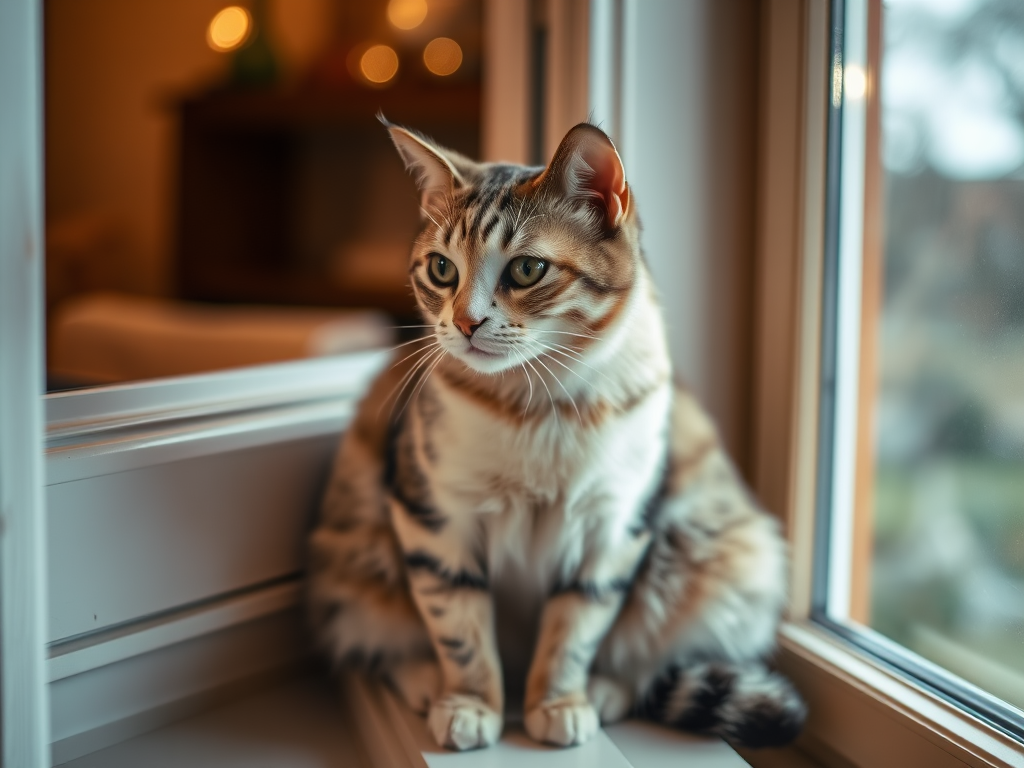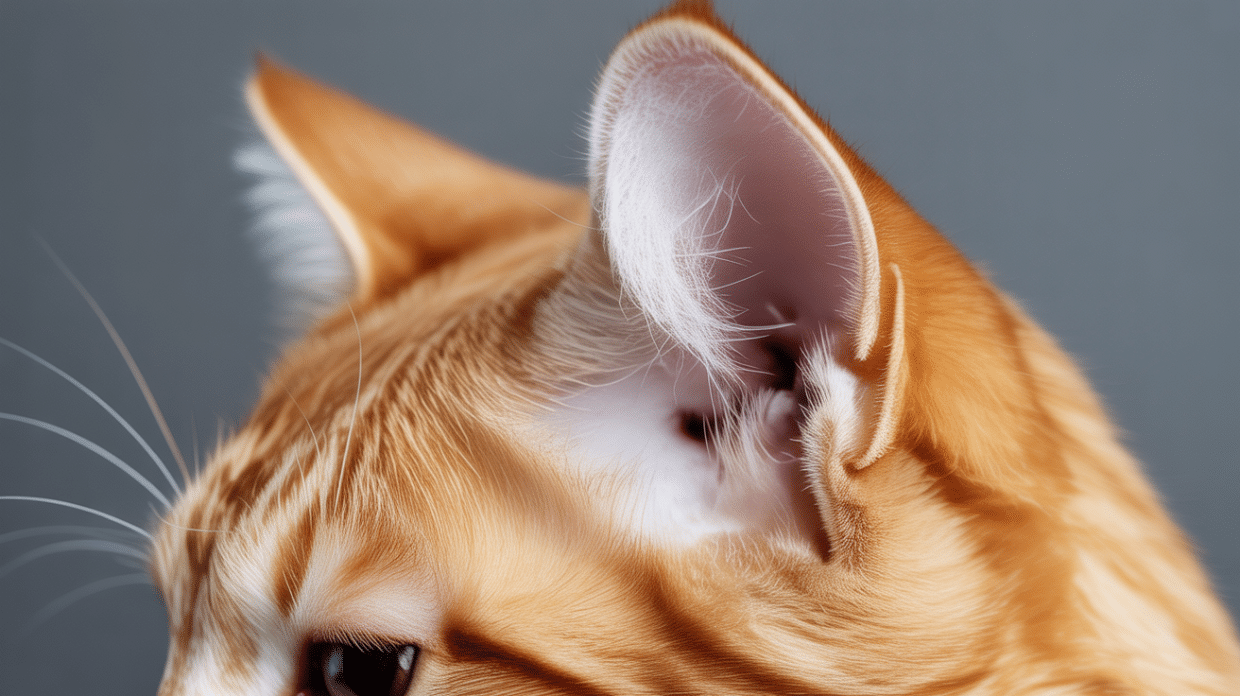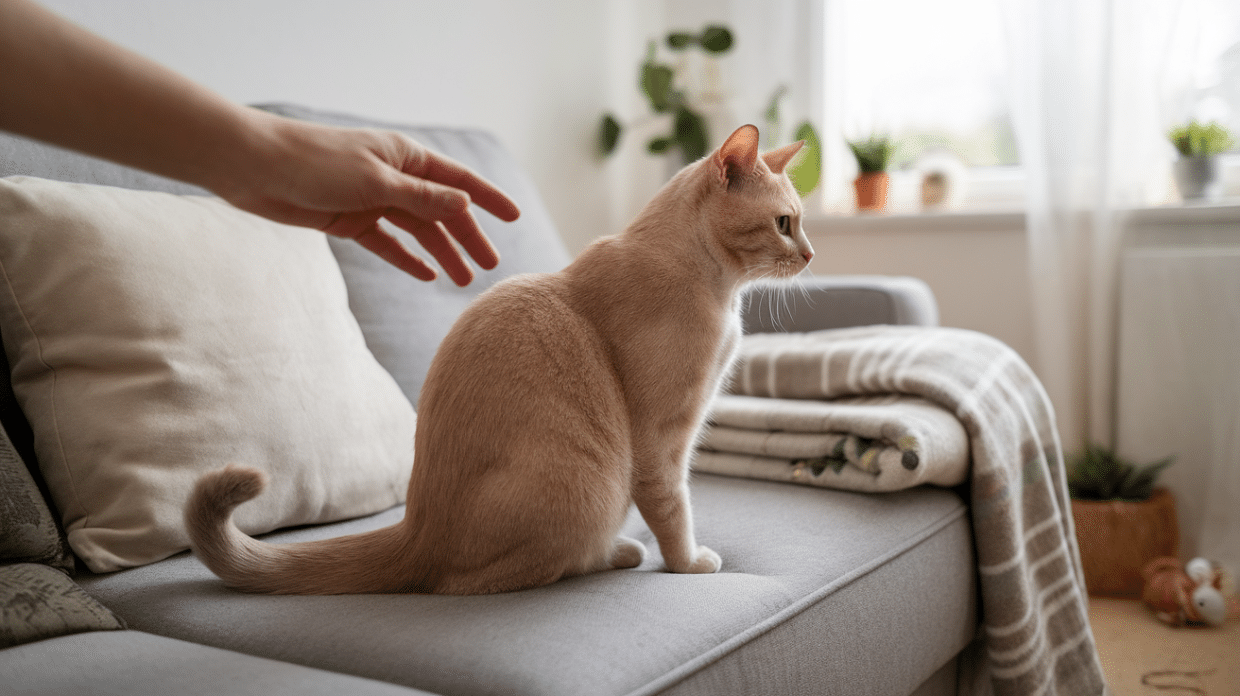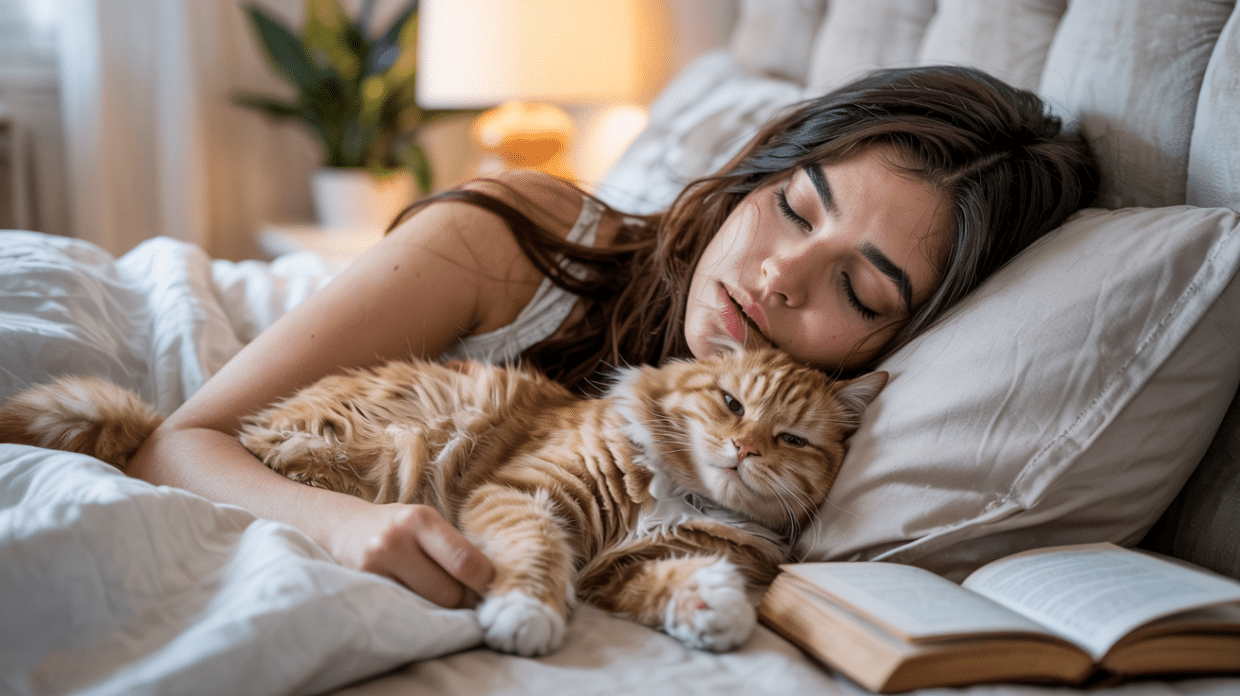Cats are known for their mysterious behavior, and one thing many cat owners notice is that their feline friends often avoid direct eye contact.
Unlike humans, who see eye contact as a sign of trust and connection, cats may interpret it differently.
Some believe that a cat avoiding eye contact means it dislikes its owner, but this is not true.
In reality, eye contact in the feline world carries a different meaning.
This article will explore why cats avoid looking people in the eye, the role of body language in feline communication.
And how you can build trust with your pet while respecting their instincts.
Do Cats Avoid Eye Contact on Purpose?
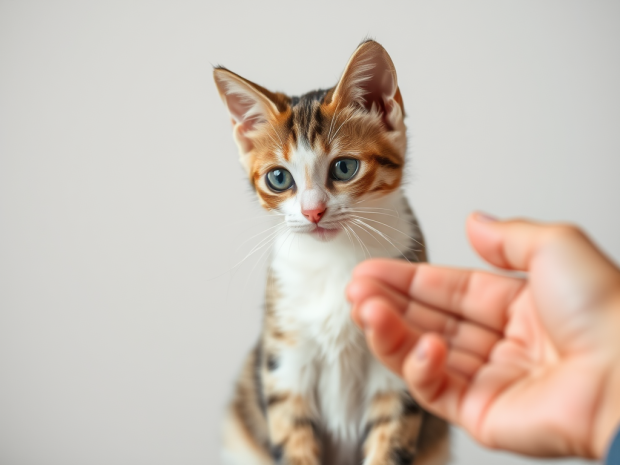
Cats don’t avoid eye contact to be rude. It’s just how they communicate.
In the wild, staring can mean a challenge or a threat. A direct gaze could lead to a fight.
Even in a home setting, cats keep this instinct. They prefer to glance around instead of locking their eyes.
To them, a relaxed look or slow blink is a better way to show trust.
They focus more on body language and movement. A cat may look away to stay calm or avoid conflict.
It doesn’t mean they don’t like you—it’s just their way of feeling safe.
The Science Behind Eye Contact in Cats
Cats see direct eye contact differently than humans do. In their world, a steady stare can mean dominance or challenge.
Wild cats use eye contact to decide who is in charge, and that instinct remains in house cats.
A long, unblinking stare can feel like a threat to them. Slow blinking, on the other hand, is a sign of trust.
When a cat blinks slowly at you, it’s like a relaxed smile. It means they feel safe around you.
A cat’s past also affects how it reacts to eye contact. Cats that were well-socialized as kittens are often more comfortable looking at people.
But those with tough pasts may be more wary and look away more often.
How Cats Use Eye Contact With Other Cats
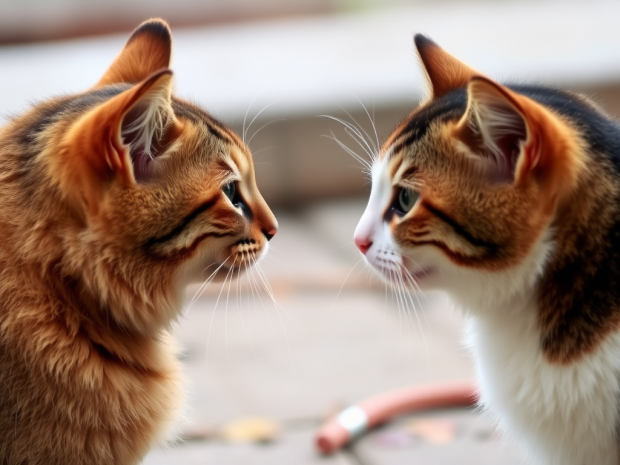
Cats use eye contact differently when interacting with each other.
In the wild, or even in multi-cat homes, two cats locking eyes may decide who is in charge. If neither cat looks away, a fight could follow.
A submissive cat will usually break eye contact first. Looking away or blinking slowly shows that they don’t want conflict.
In a peaceful group, cats avoid prolonged staring to keep the peace. Not all staring is aggressive, though.
During play, cats may lock their eyes briefly before pouncing on each other. This kind of eye contact is part of playful behavior rather than a serious challenge.
Do Cats Avoid Eye Contact with Humans?
Cats don’t always avoid eye contact with humans, but they use it differently than we do.
In the feline world, direct staring can signify dominance.
If your cat looks at you briefly and then looks away, they may show trust by avoiding confrontation.
Building trust with a cat takes time: some cats, especially those with shy or nervous personalities, may be less comfortable making eye contact.
If cats have had negative experiences with people, they may be even more hesitant.
A relaxed cat might give you a slow blink. This is their way of showing affection. If you blink slowly back, your cat may respond in kind, deepening your bond.
Cat Eye Communication
- Slow blinking shows affection and trust
- A soft gaze with a relaxed body means your cat feels safe with you
- Focused staring indicates your cat wants attention, food, or playtime
- Intense staring with dilated pupils signals hunting or play mode
- Glaring with a stiff posture warns of discomfort or irritation
How to Build Trust Through Eye Contact
Building trust with your cat through eye contact takes patience and understanding of feline communication.
Use slow blinking by gently closing and opening your eyes while looking at your cat, as this mimics their way of showing trust.
Avoid direct, unbroken staring, which cats interpret as threatening.
Let your cat initiate eye contact on their terms, giving them space to feel comfortable.
Mirror their relaxed body language with calm movements of your own, as sudden gestures can break the moment of connection.
Create a peaceful environment by reducing loud noises and unfamiliar situations.
This stress-free atmosphere encourages your cat to feel secure enough to engage in these subtle trust-building exchanges.
Myths and Misconceptions About Cat Eye Contact
Some people think cats are unfriendly because they avoid eye contact, but that’s not true.
In the feline world, direct staring can feel like a threat. Understanding their body language helps build a stronger bond.
- Cats aren’t being rude: Avoiding eye contact is a natural behavior, not a sign of dislike.
- Forcing eye contact is stressful: Making a cat staring at you can make them anxious or defensive.
- “Staring contests” don’t build trust: Cats may see this as a challenge rather than a playful interaction.
- Slow blinking is key: Use slow blinks to show them you’re friendly instead of staring.
Conclusion
Cats avoid prolonged eye contact because, in their world, staring can be seen as a challenge or a threat.
This doesn’t mean they don’t trust or love their owners—it’s simply part of their natural behavior.
Please pay attention to their body language instead of expecting them to make eye contact.
A slow blink, a relaxed posture, or gentle purring are signs of trust and affection.
To strengthen your bond, respect their comfort levels, use slow blinks, and create a stress-free environment.
Over time, your cat may become more comfortable looking at you.
Understanding their cues helps build a stronger, more trusting relationship.
Frequently Asked Questions
What does it mean if my cat makes eye contact with me?
It depends on the situation. A slow blink shows trust and affection, while a steady stare may mean curiosity, attention-seeking, or even mild discomfort.
How do I get my cat to look me in the eye?
Use slow blinking and relaxed body language. Avoid forcing eye contact—let your cat approach and feel comfortable at their own pace.
Is it bad to stare into a cat’s eyes?
Yes, prolonged staring can feel like a challenge. It may make your cat nervous or defensive. Instead, try slow blinking to show friendliness.

